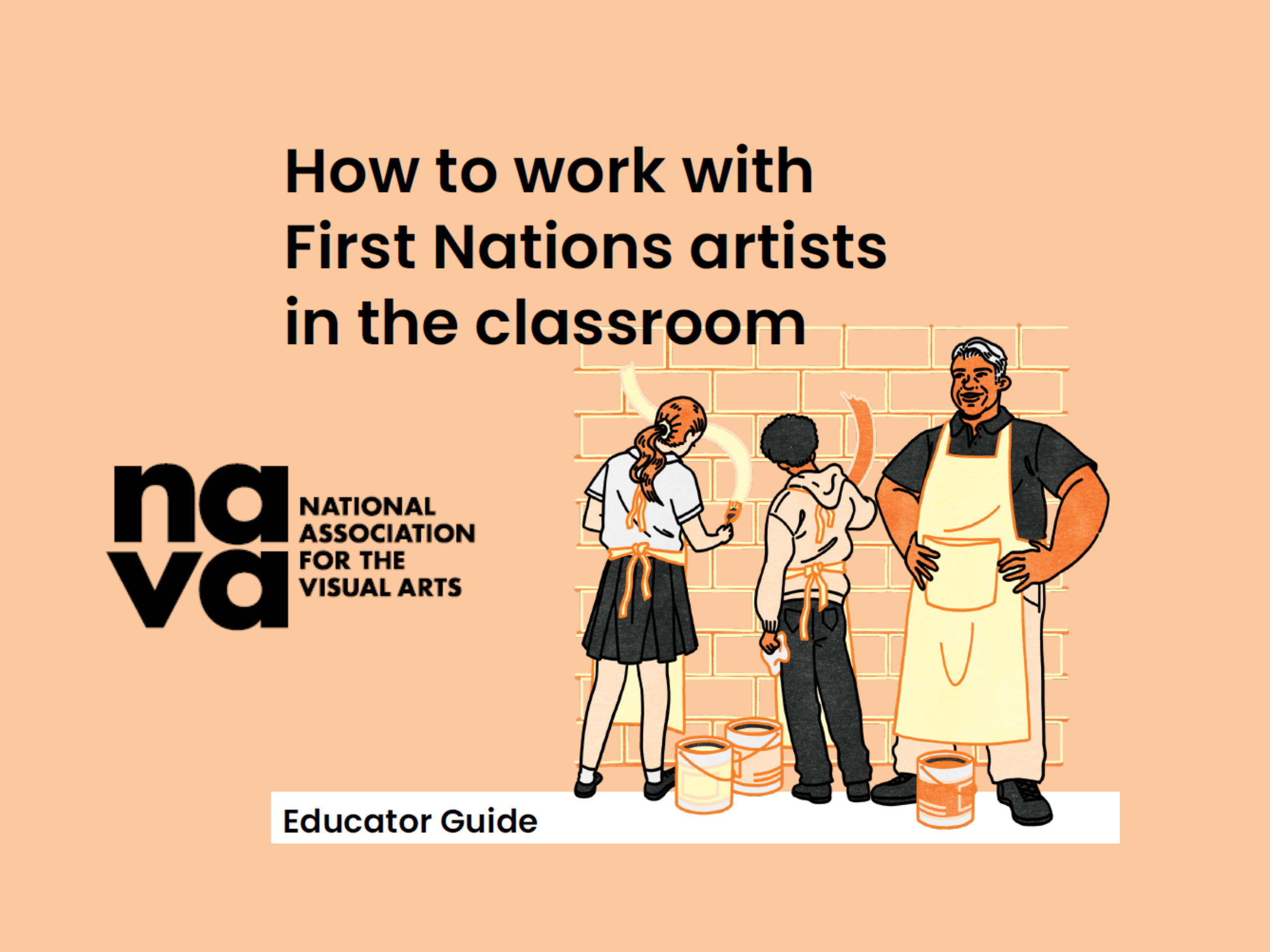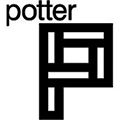
NAVA Education Guide: How to work with First Nations artists in the classroom
Click here to download the guideProduct Description
How to work with First Nations artists in the classroom
Topics in this ‘How to work with First Nations artists in the classroom’ Educator Guide include cultural safety, finding a First Nations artist, types of engagement and agreements as part of the Code of Practice for Visual Arts, Craft and Design
This resource has been developed to support schools in truth-telling and to provide educators with practical advice about what to consider before, during and after engagement with First Nations artists in the Visual Arts classroom.
Learning directly from First Nations artists is an authentic way to learn about Aboriginal and Torres Strait Islander art and culture in the Visual Arts classroom. This is because Aboriginal and Torres Strait Islander peoples have the lived experience of being this countries’ First peoples and the effects of colonialism to Country.
A note on language used in this guide: Aboriginal and Torres Strait Islander peoples and First Nations peoples are used interchangeably throughout this guide to refer to the many people who come from over 500 Aboriginal and Torres Strait Islander nations.
The ‘How to work with First Nations artists in the classroom’ Educator Guide was first published by National Association for the Visual Arts (NAVA) in November 2022. Written by Thomas Readett and Alise Hardy. Edited by Donnalyn Xu. Cover illustration by Claudia Chinyere Akole. This resource is free to download and print by educators and students.
How to use the guide:
This guide gives educators information on the rights of their students as artists. The recommendations provided in this guide come from the Code of Practice for Visual Arts, Craft and Design (the Code) published by the National Association for the Visual Arts (NAVA). Read NAVA’s guide ‘How to’ use the Code of Practice in the Classroom for more information about the Code in Education. Further information is provided via a link when text is in bold. While this guide has been designed for secondary school educators, students, curriculum and syllabus, the information can be applied to all levels of school education. Use it while preparing a unit of learning and refer to it for specific ideas when lesson planning. The information provided in this guide is not legal advice. If legal advice is required, you can contact Arts Law or Copyright Agency.













